Artemis, Luna And Other Majestic Moon Goddesses That You Should Know About
This list of lunar goddesses feature some of the most magnificent moon goddesses that you must know about.
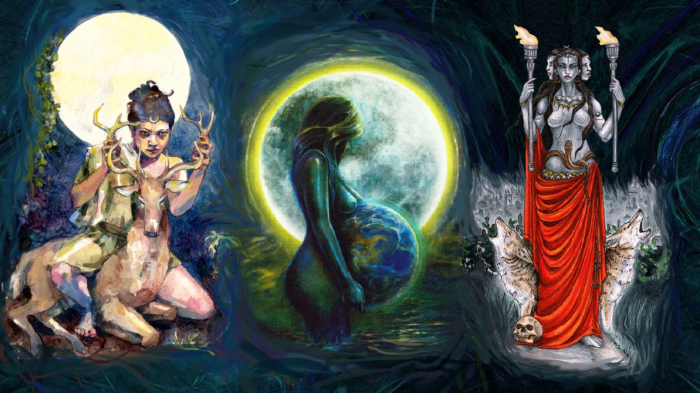
A lunar deity is a god or goddess associated with, or symbolic of the moon. These deities can have a variety of functions and traditions depending upon the culture, but they are often related. Some form of moon worship can be found in most ancient religions.
Artemis
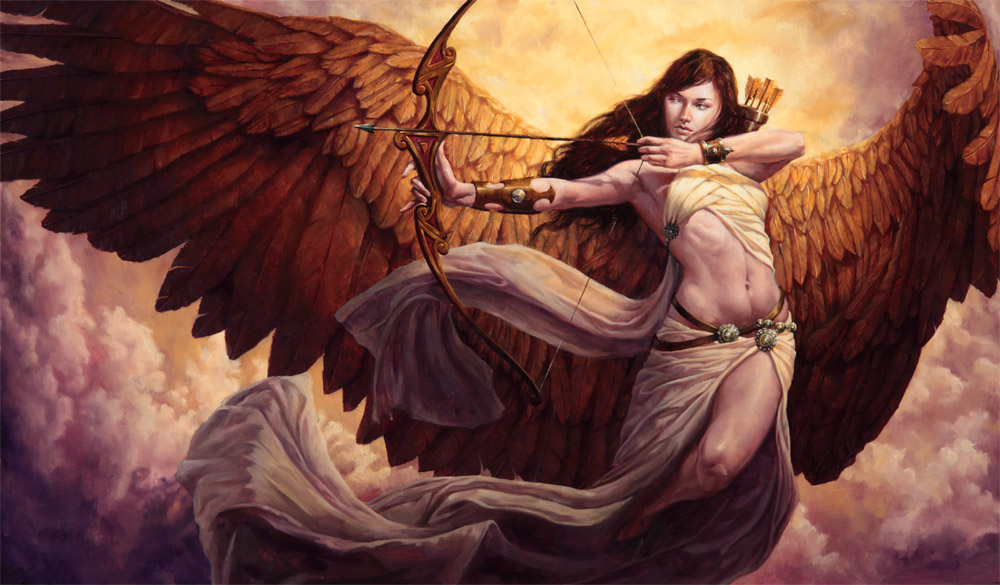
Artemis is the Greek Goddess of the hunt, nature and birth. She is also described in Greek mythology as "Goddess of the night", "Lady of the Beast", "Woodland Goddess" and "Phoebe," which translates as the bright one.
In classical times, Selene was often identified with Artemis, much as her brother, Helios, was identified with Apollo.
Bendis
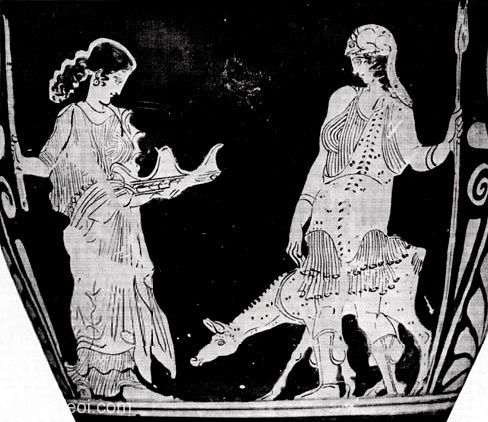
Bendis was a Thracian goddess of the moon and the hunt whom the Athenians identified with Artemis, was introduced into Athens about 430 BC. She was a huntress, like Artemis, but was accompanied by dancing satyrs and maenads on a fifth-century red-figure stemless cup (at Verona).
Coyolxauhqui
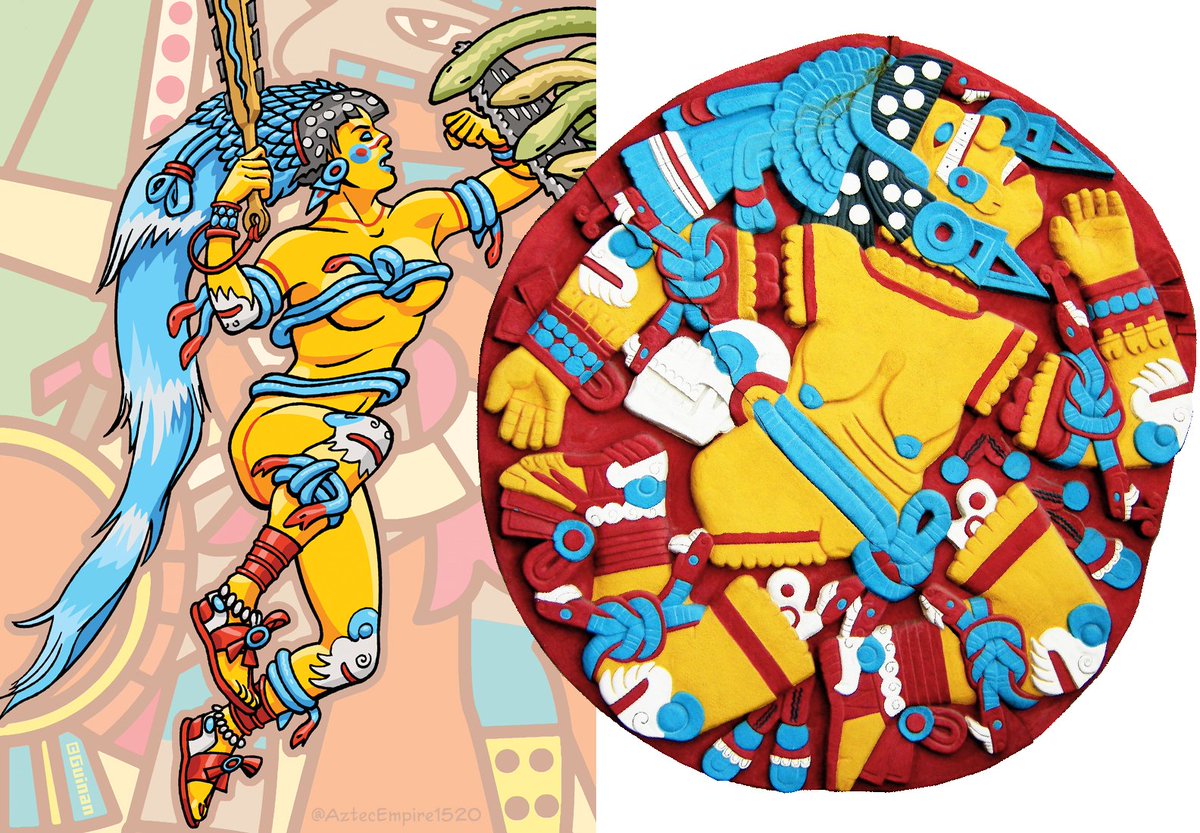
In Aztec mythology, Coyolxauhqui was a daughter of Coatlicue and Mixcoatl and is the leader of the Centzon Huitznahua, the southern star gods. Coyolxauhqui ruled over her brothers, the Four Hundred Southerners, she led them in attack against their mother, Coatlicue, when they learned she was pregnant, convinced she dishonored them all.
Diana
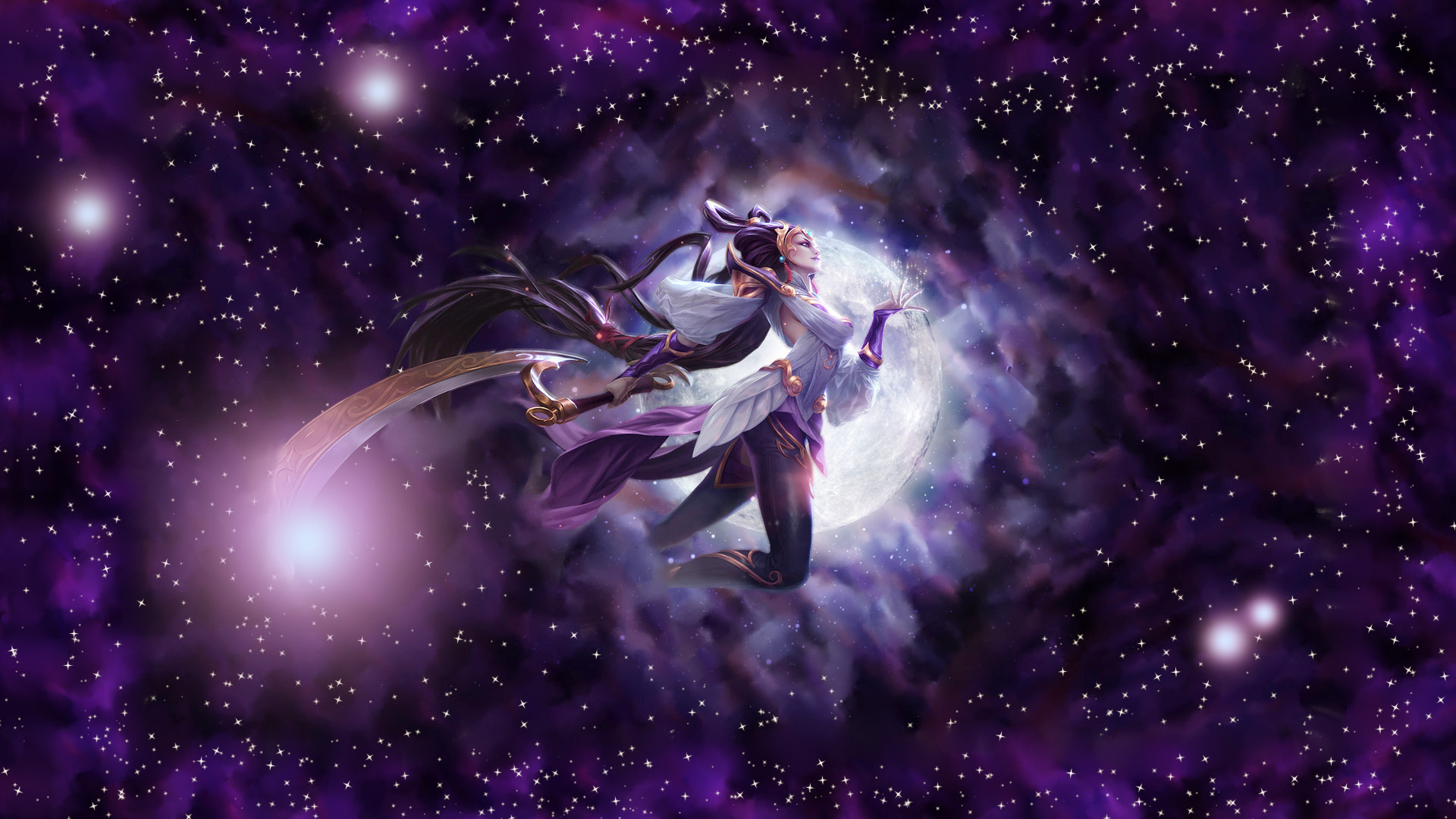
Diana was the goddess of the hunt, the moon, and nature in Roman mythology, associated with wild animals and woodland, and having the power to talk to and control animals. She was equated with the Greek goddess Artemis, though she had an independent origin in Italy.
Heng-O
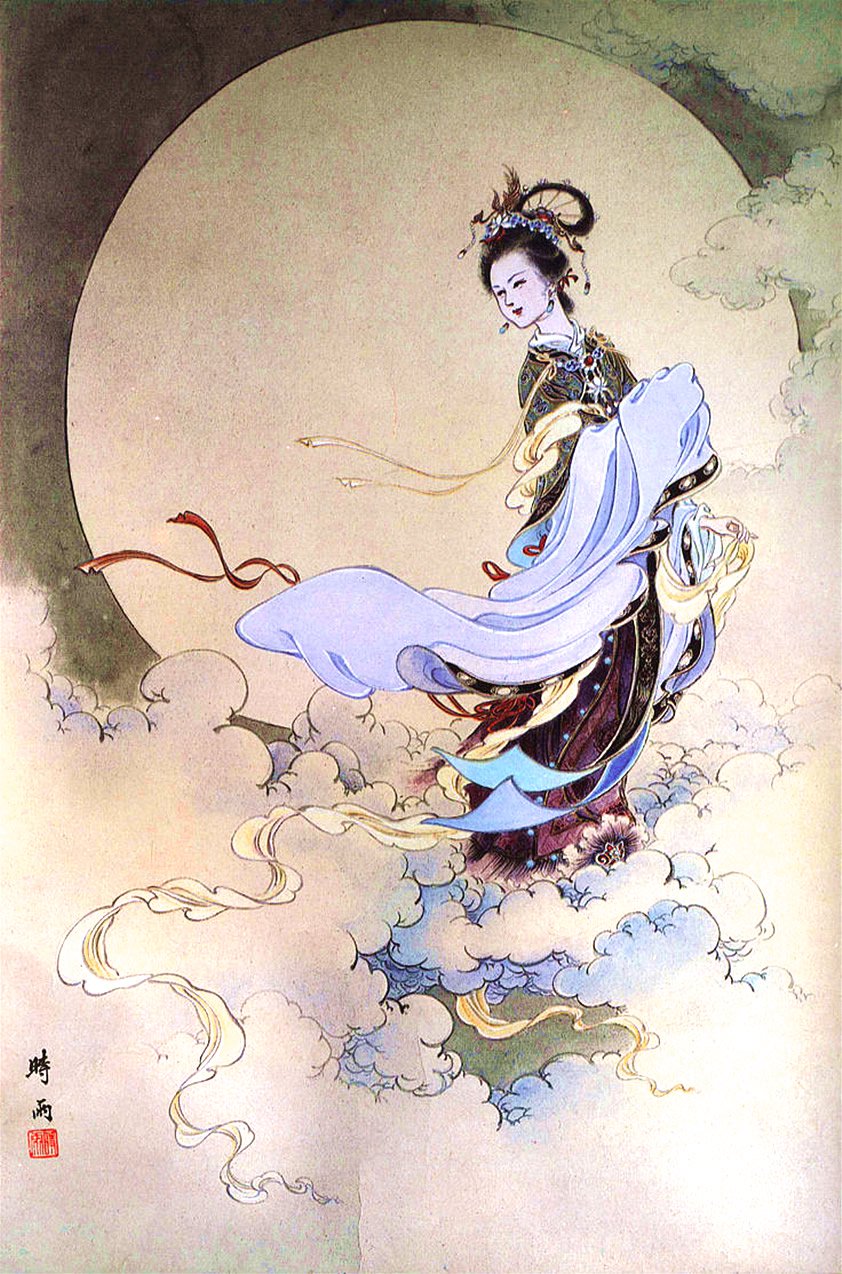
Heng O was the Chinese goddess of the moon. In Taoist thought about yin and yang, She is the symbol of yin – cold, dark, and female. The Chinese believed that there were twelve moons, one for every month of the year. They also believed that there were ten suns, because there were ten days in a Chinese week.
Ix Chel
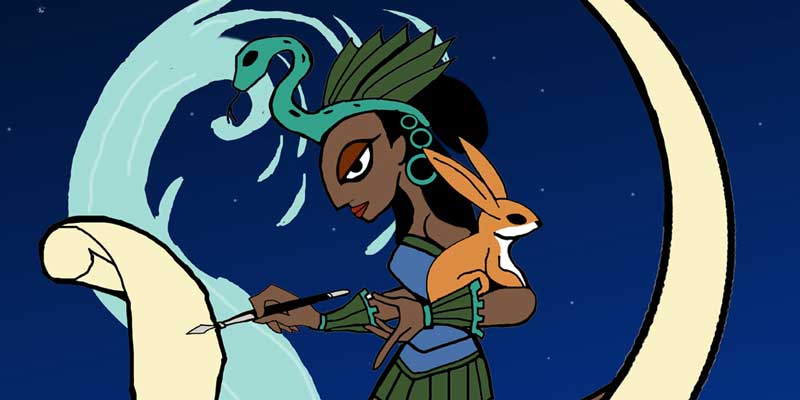
Ix Chel (sometimes spelled Ixchel) is, according to longstanding archaeological tradition, the Mayan moon goddess, one of the most important and ancient of Maya deities, connected to fertility and procreation. Her name Ix Chel has been translated as “Lady Rainbow”, or as “She of the Pale Face”, an allusion to the moon's surface.
According to Spanish colonial records, the Maya thought the moon goddess wandered the sky, and when she wasn't in the sky she was said to live in the cenotes (natural sinkholes filled with water).
Mawu
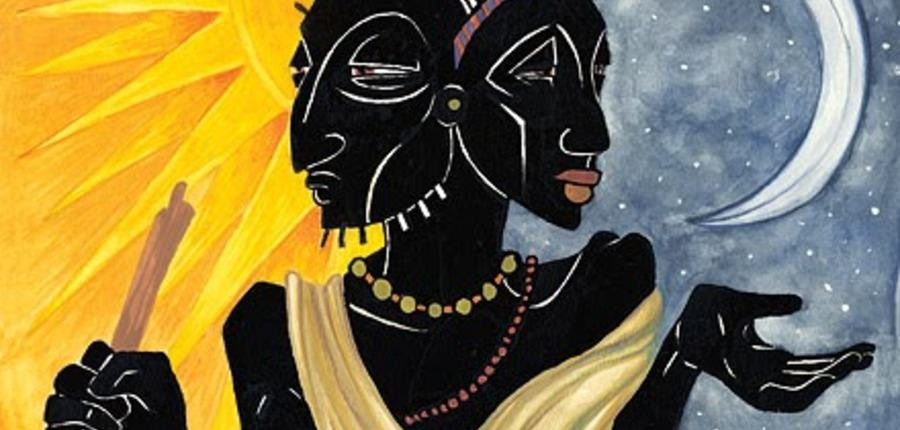
Mawu is the supreme god of the Fon people of Abomey (Republic of Benin). Mawu, the Moon, brings cooler temperatures to the African world. She is seen as an old mother who lives in the West. Mawu is a creation goddess also worshipped for joy and motherhood.
Selene or Luna
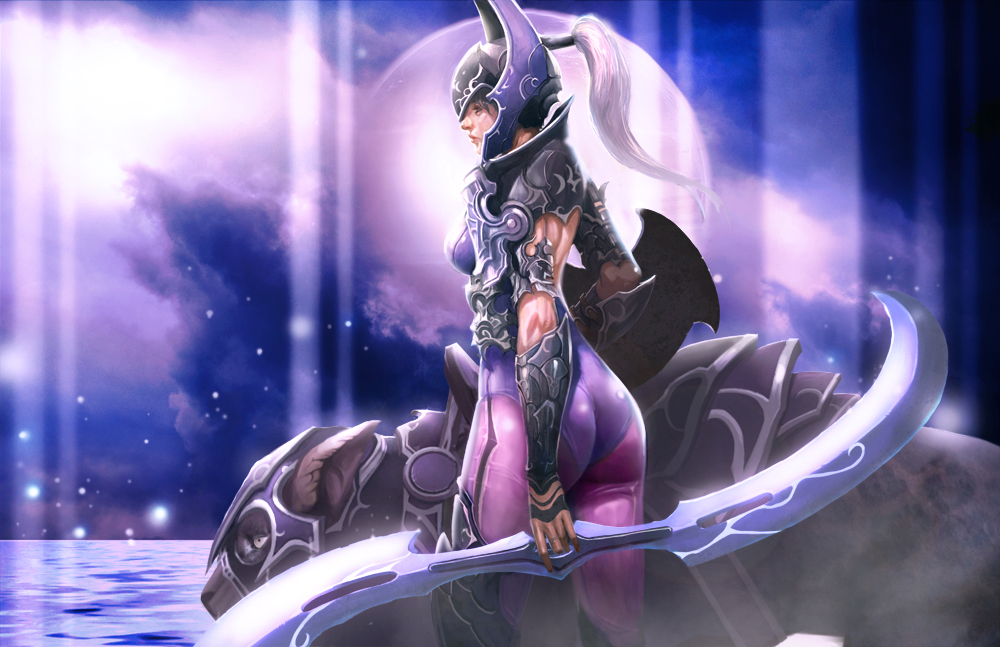
Selene was the Titan goddess of the moon. She was depicted as a woman riding sidesaddle on a horse or driving a chariot drawn by a pair of winged steeds. Her lunar sphere or crescent was either a crown set upon her head or the fold of a raised, shining cloak. She was sometimes said to drive a team of oxen and her lunar crescent was likened to a pair of bull's horns.
Selene and Artemis were also associated with Hecate, and all three were regarded as lunar goddesses, but only Selene was regarded as the personification of the moon itself. Her Roman equivalent is Luna.
Popular Posts
20 Most Powerful Goddess Names In Mythological World
From Gaia to Kali; every goddess in mythologies have a prominent role to create or restore the balance in nature and the universe.
Kimberly Campbell
21 Gods & Goddesses of Destruction, Death & Underworld
This list showcases the Gods of death, the Underworld, and destruction: from the Egyptian God of Death- Anubis, who was recognized as a man with a jackal head, to the Hindu God of Death- “Yama,” who took the records of each person’s death. But Thanatos was the personified spirit of non-violent death.
Rupesh Chhabra
14 of the Renowned Gods and Goddess of Healing & Medicine
No wonder, the God of healing and magical tradition allied to it, never failed to surprise people especially in ancient times. Let’s discover some of God and Goddess of healing and their amazing contribution.
Rupesh Chhabra








